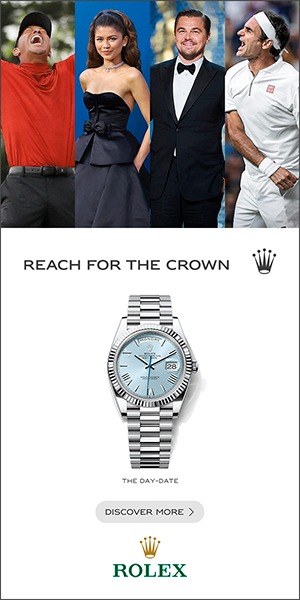Earlier this week, fashion lovers were in for a pleasant surprise when Lakmé Fashion Week (LFW) and Fashion Design Council Of India (FDCI) announced a joint fashion week for Spring Summer. The Phygital - a mix of digital and physical shows - Fashion Week will commence from March 16 with a mix of Mumbai-and Delhi-based designers. We caught up with Sunil Sethi, the Chairman of FDCI, to understand why the two fashion weeks have come together, and where he sees fashion heading post-2020.
View this post on Instagram
ELLE: Tell us about the FDCI X LFW collaboration. What are the top three things we can expect from the merging of the two biggest fashion weeks in the country?
Sunil Sethi: The best thing here is that the two of us will be pooling in our resources and doing this together. I think designers get the biggest benefit here as they no longer have to take sides anymore about where to go (laughs). With two of the most relevant bodies in Indian fashion coming together, you can only imagine the resources we have, the clientele and the publicity. The shows will go online both on FDCI and LFW platforms at the same time, and both of us will address our own audiences, separately, as well as together.
Another advantage is logistics. If there is a Delhi-based designer who wants to showcase in Mumbai, with this collaboration, he can easily do his shoots in Delhi, and still address a Mumbai audience.
ELLE: Last year was all about reinvention and remodelling. FDCI was quick to align itself to a digital format. How difficult was it?
SS: Honestly, we were forced to go digital, and while the transition was difficult for me, it was very easy for my team, who was already living in the digital world. We have had many firsts - we hired a DOP for the first time, got a guy only to make backdrops and creatives, and ensured that we tested everything in-house. We put up the FDCI Studio in our office, put together an innovative ramp that goes side-to-side and then we approached designers. The result was seamless. The shows looked very professional. We have the same team this time, but we’ve invested in the finer details and technologically-centred products to get better results.
View this post on Instagram
ELLE: Everyone got the front seat at fashion weeks last year. Is this a trend you see continuing, even when physical shows start? Will you consider holding both digital, and physical shows at the same time?
SS: As someone who has done a thousand physical shows already, I feel that physical shows might come back. But even if they do, there will always be a constant demand to do shows digitally; in fact, we may have to embrace all three mediums - physical shows, digital shows, and shows as fashion films. I honestly don’t see the harm in that. The year 2020 has taught us something, and if by the end of 2021 we can embrace it, it’s good for all of us.
ELLE: We’ve gone back to the basics in a lot of ways. In terms of fashion, do you see a rise in any particular trends, like the personalisation of clothes?
SS: I’ve seen many young people fall in line with international trends, which is why brands like Zara and H&M are doing so well. There are fewer people in India who believe that their personal style is more important than fashion trends. I personally believe in personalised trends. There is a very niche market for it, and I support that. We plan to give them a platform at the FDCI X LFW fashion week. However, the success will depend on the consumer, and the media picking it up and talking about it.
ELLE: You’ve recently been appointed as advisor to the Khadi and Village Industries Commission (KVIC). What is your vision for the way ahead?
SS: You ask me this on a day when I’ve just come from the office of KVIC. After detailed meetings with them, the first project that you will soon see will be the culmination of a competition held across the country where students had shown us their designs. A selected few will be given free access to the fabrics, and asked to create these designs. KVIC will then showcase these, and the winning prize money is by far the largest in the country. With KVIC, the biggest advantage is that khadi is a homegrown fabric that people are proud to own. Secondly, no matter where the weaver is from, there’s always something new that they bring in.
This is only the beginning. I don't think the pandemic has affected KVIC in any way - they are still going strong, keeping the wheels of the industry churning.
/elle-india/media/agency_attachments/2024/12/12/2024-12-12t050944592z-2024-11-18t092336231z-czebsydrcd4dzd67f1wr.webp)
/elle-india/media/agency_attachments/2024/12/12/2024-12-12t050944592z-2024-11-18t092336231z-czebsydrcd4dzd67f1wr.webp)
/elle-india/media/media_files/2025/11/17/untitled-1-2025-11-17-14-50-15.jpg)
